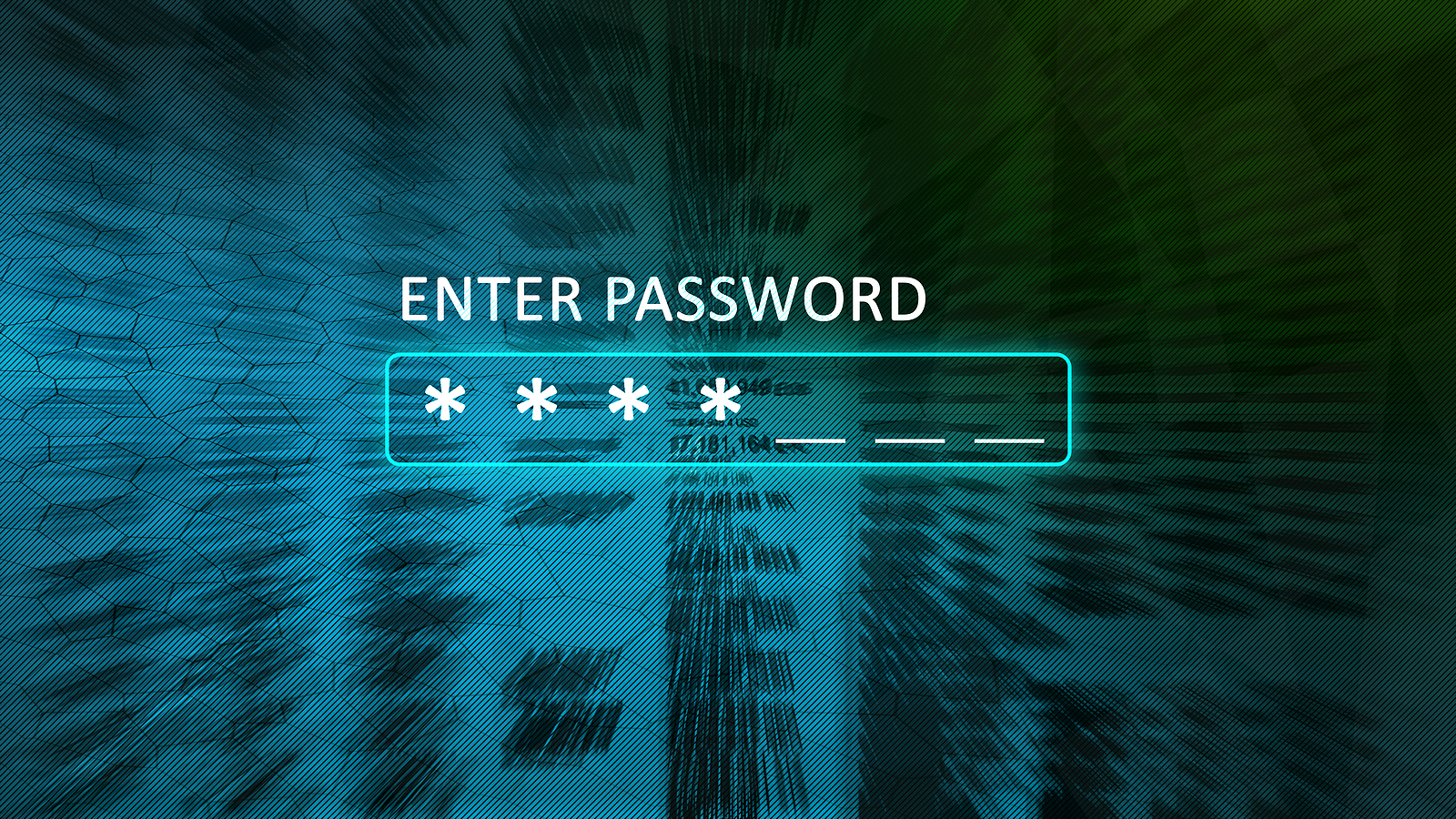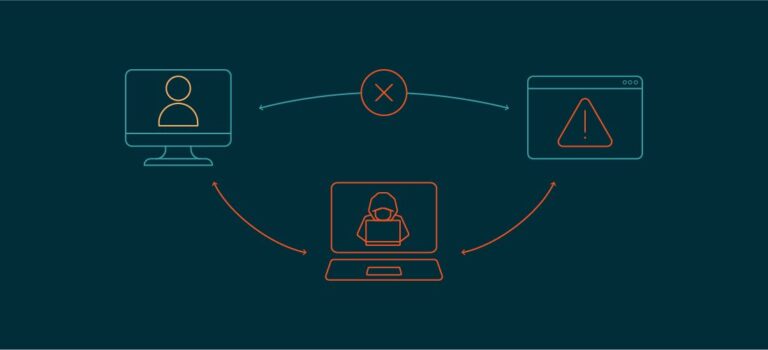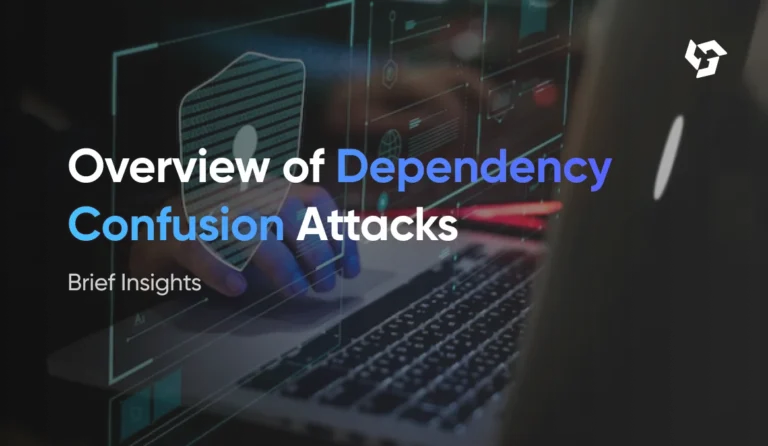Weak Session IDs: A Silent Threat to Web Security
Introduction
In the vast landscape of web security, certain vulnerabilities often go unnoticed until they are exploited. One such overlooked issue is the use of weak session IDs. While many developers focus on SQL injection, XSS, and CSRF, they may inadvertently neglect how session IDs—an essential component of user authentication—are generated and managed. This blog explores weak session IDs, how they can compromise security, and strategies for mitigation. With a focus on SEO best practices, this guide aims to be comprehensive and accessible for developers, security professionals, and website administrators.
Table of Contents
- What is a Session ID?
- Understanding Weak Session IDs
- Real-World Examples of Session Hijacking
- How Attackers Exploit Weak Session IDs
- Consequences of Session Hijacking
- How to Detect Weak Session IDs
- Best Practices for Secure Session Management
- Secure Random Number Generators (RNGs)
- Implementation Tips in Popular Languages
- Testing and Monitoring
- SEO Considerations in Secure Web Development
- Conclusion
1. What is a Session ID?
A session ID is a unique identifier that is generated by a server when a user logs into a website or web application. This identifier maintains the state of the user’s interaction across multiple requests, effectively keeping them logged in as they navigate through the application.
Session IDs are typically stored in cookies, URLs, or hidden form fields. They are crucial in distinguishing one user session from another.
2. Understanding Weak Session IDs
A weak session ID is one that can be easily guessed or predicted. This typically results from poor randomness, short length, or predictable algorithms used in generating the ID.
Characteristics of Weak Session IDs:
- Short in length (e.g., 6-digit numbers)
- Generated using predictable patterns
- Lack of cryptographic entropy
- Reused or recycled values
When session IDs are weak, attackers can guess them using brute force or statistical analysis, leading to session hijacking.
3. Real-World Examples of Session Hijacking
There have been several instances where poor session management practices led to severe breaches:
Example 1: MySpace Session Hijacking
In the early days of social media, MySpace faced issues with session hijacking due to poorly generated session IDs.
Example 2: PHPSESSID Exploits
In older PHP applications, the PHPSESSID was often not protected with SSL, making it easy to sniff over unencrypted networks.
4. How Attackers Exploit Weak Session IDs
Attackers can exploit weak session IDs in multiple ways:
Brute Force Attack
Guessing session IDs by trying a large number of possibilities in a short period.
Predictable Pattern Analysis
Analyzing the session ID pattern to predict future session IDs.
Session Fixation
Forcing a user to use a specific session ID known to the attacker.
5. Consequences of Session Hijacking
The repercussions of compromised session IDs are severe:
- Unauthorized access to user accounts
- Identity theft
- Data theft or alteration
- Loss of user trust
- Legal and regulatory consequences (GDPR, CCPA)
6. How to Detect Weak Session IDs
Use these techniques to identify if your application is using weak session IDs:
Entropy Analysis
Evaluate the randomness and unpredictability of the session IDs.
Penetration Testing
Use tools like Burp Suite to analyze session ID patterns.
Logging and Monitoring
Monitor server logs for abnormal access patterns or brute-force attempts.
7. Best Practices for Secure Session Management
Use Secure Random Generators
Leverage cryptographic RNGs to generate session IDs.
Implement HTTPS
Ensure all session communication is encrypted.
Regenerate Session IDs
Upon login or privilege change, regenerate session IDs to avoid fixation attacks.
Set Cookie Attributes
Use HttpOnly, Secure, and SameSite flags in cookies.
Session Timeout
Implement short, idle-based timeouts to minimize exposure.
8. Secure Random Number Generators (RNGs)
Java
SecureRandom random = new SecureRandom();
byte[] sessionId = new byte[32];
random.nextBytes(sessionId);
Python
import os
session_id = os.urandom(32).hex()
PHP
$session_id = bin2hex(random_bytes(32));
9. Implementation Tips in Popular Languages
- Node.js: Use
crypto.randomBytes - Ruby: Use
SecureRandom.hex - Go: Use
crypto/randfor generating secure tokens
10. Testing and Monitoring
Tools:
- Burp Suite: Session ID analysis plugin
- OWASP ZAP: Automated scanner
- Wireshark: Detects session data over insecure connections
Strategies:
- Log all login and session activity
- Alert on suspicious patterns like repeated session reuse
11. SEO Considerations in Secure Web Development
Use Clean URLs
Avoid putting session IDs in URLs; they can be indexed by search engines.
Avoid Session Reuse
Session IDs should not be shared across users or sessions, as they can be cached and exposed by search engines.
Improve Site Trust
Search engines favor secure websites (HTTPS, proper headers). Secure session management contributes to a safer user experience.
Reduce Bounce Rate
Secure sites retain users better, improving metrics that matter for SEO.
12. Conclusion
Weak session IDs pose a serious yet often underappreciated threat to web application security. They can lead to session hijacking, data breaches, and reputational damage. Implementing strong, cryptographically secure session management practices is essential to protecting users and maintaining trust. Additionally, these security improvements also support SEO by making your site safer and more reliable.
Ensure your development team is educated, your tools are up-to-date, and your practices align with the latest standards in web security.
Stay safe, code securely, and don’t let a simple oversight open the door to complex attacks.






